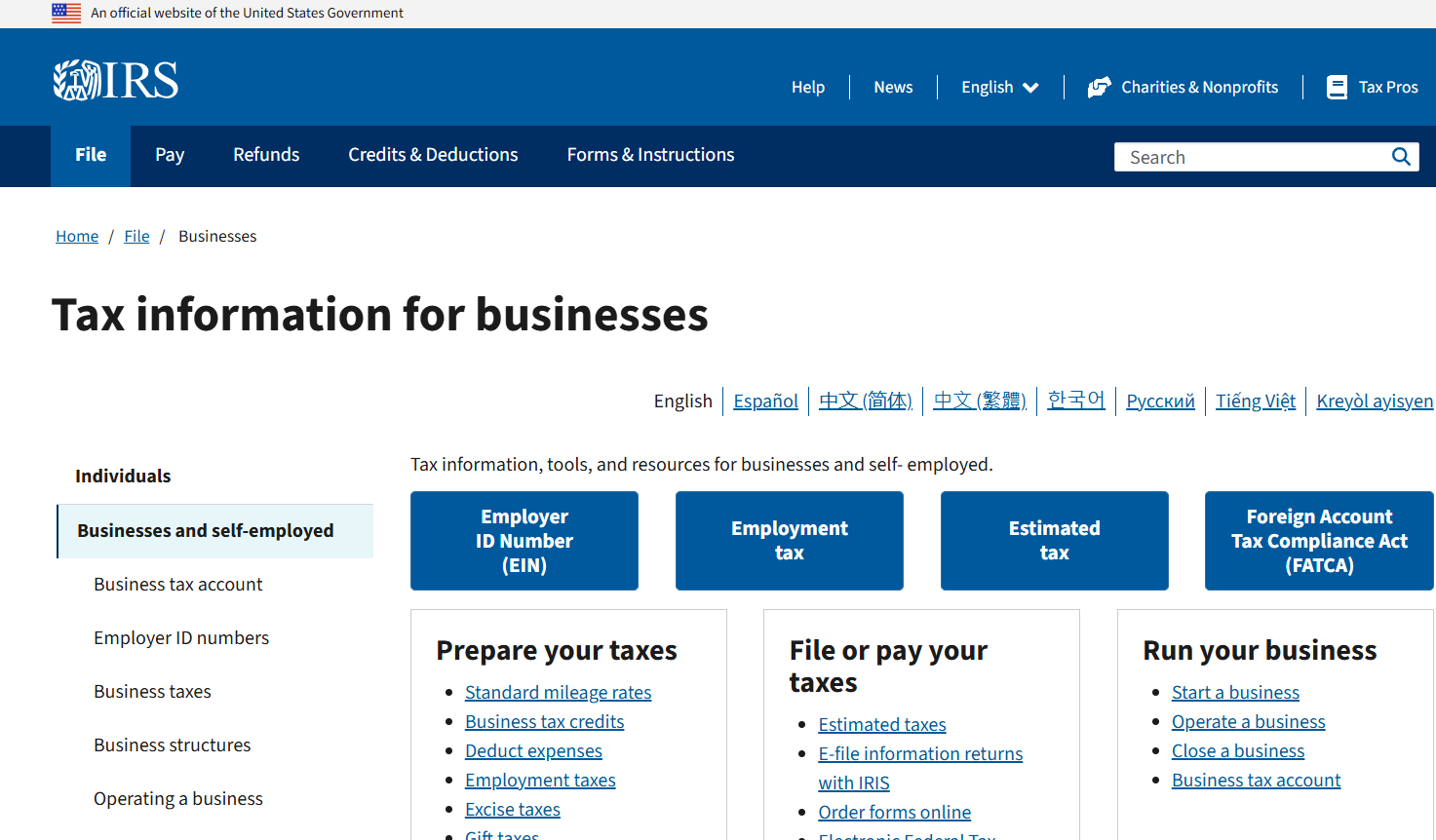Charitable Contributions of Appreciated Property - Insist on a Contemporaneous Written Receipt!
Read this if you gift appreciated property to a charity. Don't take the requirements of a written receipt lightly.

In many situations, a case goes to court because the IRS insists on sticking to its specific requirements to allow a deduction, regardless of what the preponderance of the facts and common sense might lead a reasonable person to conclude. Often, we see the courts look through these sometimes draconian requirements, and the courts will side with the taxpayer when it is clear that a deduction is legitimate and that the IRS is seeking to disallow a deduction purely on a rules-based analysis, common sense be damned. This was not the case with Albrecht vs Commissioner, which was decided in favor of the IRS. In this case, there appeared to be clear and compelling evidence that the taxpayer made a gift to a charitable organization, even though it was equally clear that not all of the specific requirements were followed.
In this case, Mrs. Albrecht and her late husband amassed a large collection of Native American jewelry and artifacts during their marriage. In December of 2014, Mrs. Albrecht donated approximately 120 items from this collection to the Wheelwright Museum of the American Indian, with a fair market value claimed of some $464,000. The Museum and Albrecht executed a five-page “Deed of Gift”. The first page stated that petitioner “hereby donates the material described below to the Wheelwright Museum of the American Indian under the terms stated in the Conditions Governing Gifts to the Wheelwright Museum of the American Indian.” Following this statement was the heading “Description of Material: See Attached List.” The Deed of Gift also included the museum's logo, Albrecht's address and donor identification number, and the deed was signed by Albrecht and a museum official. The second page of the deed declared the conditions governing gifts to the museum. One of these conditions stipulated that “the donation is unconditional and irrevocable; that all rights, titles and interests held by the donor in the property are included in the donation, unless otherwise stated in the Gift Agreement.” The donated property was itemized in the final three pages. Despite “the Gift Agreement” reference on the second page of the deed, no such agreement was included with the deed, and the museum did not provide Albrecht with any further written documentation concerning the donation.
Albrecht reported the donation on Schedule A as an itemized deduction and attached a copy of the deed to the return when she electronically filed her tax return. Due to adjusted gross income limitations, Albrecht could not deduct all of the gift on her 2014 return, and she carried over the remaining unused donations to the ensuing years. The IRS subsequently disallowed the donation on her 2014 return, on the basis that the requirements of Internal Revenue Code section 170 were not met.
With charitable donations of $250 or more, section 170 and the regulations require that the taxpayer receive a contemporaneous written acknowledgement (CWA), which must include the following:
- amount of cash and a description (but not value) of any property other than cash contributed,
- whether the donee organization provided any goods or services in consideration,
- description and good faith estimate of the value of any such goods or services, and
- taxpayer must receive the CWA from the organization on or before the earlier of the date the taxpayer files the return or the due date for filing the return
While the IRS did not dispute that Albrecht and the museum entered into the deed before the return was filed, the IRS contended that the deed does not comply with the requirement to specify that the museum did not provide any goods or services to Albrecht. Further, while the museum later provided a statement saying that the taxpayer received no goods or services in return, the IRS contended that the requirement to make such a statement must be done in a timely fashion. In rendering its decision, the court indicated that the deed, as written, was deficient in meeting the requirements, as it left open the possibility that the parties could have entered into a side agreement that might include superseding terms. While the court indicated that it appeared that the taxpayer made a good faith attempt to comply with the code section by executing the deed, the strict requirements of section 170 were not met, and the charitable deduction of $464,000 was disallowed.
This decision underscores that it is imperative to follow the requirement to have a contemporaneous written acknowledgement that includes all of the required information. Most of us assume that the charitable organization is on top of these requirements and that all of the necessary documents will be provided to the taxpayer. We might speculate in this case that the deed of gift was written by the taxpayer and presented to the museum. In that scenario, it is possible that the organization took a step backwards and allowed its processes to be interrupted by the deed that was presented to them, perhaps in an effort to facilitate receipt of the gift. This is a clear reminder that the burden is on the taxpayer, not the organization, to meet the requirements. The message is clear: Insist on a contemporaneous written acknowledgement from the organization for any gift of $250 or more.










